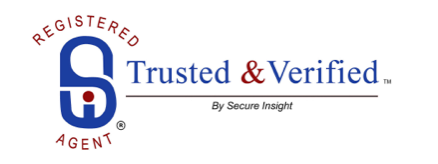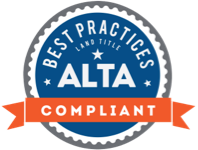By Peter M. Carrozzo, Chief Counsel Cornerstone Land Abstract
Sidewalk violations are one of the many obstacles confronting property owners that can delay or adjourn closings. According to NYC.gov, a sidewalk violation is “an official notice issued by DOT [the Department of Transportation] stating that your sidewalk is defective.” Although no actual fine attaches to the violation, the notice of violation is filed with the County Clerk and remains of record until the sidewalk is repaired and re-inspected by the city. Upon receipt of a notice of violation, property owners have 75 days to repair the sidewalk. In the event repairs are not undertaken by the owner, the Department of Transportation has the right to hire a contractor to perform the work. If that occurs, the Department of Finance will bill the property owner.
A recent development in sidewalk violations procedures attempts to cure a frequently criticized problem with these violations. In September 2019, NYC announced it will no longer issue violations for sidewalk damage caused by city trees, freeing homeowners of one, two or three family dwellings from the costs and obligations incurred in repairing them. Additionally, the 50,000 existing violations would be reviewed to determine if any were caused by city trees. If so, those violations would be cancelled and the city would assume responsibility. For years, homeowners were responsible to repair sidewalks damaged by trees that they did not own. This change in the procedure for issuing violations attempts to rectify that unfairness.
In the event you receive a sidewalk violation, it is likely an inspector came to inspect your sidewalk pursuant to a complaint. If there is damage to the sidewalk, (not caused by a city tree) a notice of violation will be issued identifying the “flags,” or sidewalk squares, that need to be repaired or replaced. Within 75 days, a private contractor must be hired to perform the work (homeowners can perform the work themselves). A homeowner must be sure the requisite permits are obtained by the contractor prior to commencing the work. Alternatively, the city can be contacted to perform an expedited sidewalk repair. If a homeowner (one, two or three family dwelling only) takes the latter course, the work will be performed by the city and no re-inspection is necessary to remove the violation.
Quite often, property owners never receive a violation, or a violation was issued years ago, and there is no record of any repairs. In many cases, the first time an owner discovers the sidewalk violation is after they have entered into a contract to sell their premises and their attorney receives the title report. Often, the sidewalks are no longer damaged. This can cause delays in closings, since title reports are received close in time to the actual closing. If the sidewalk is not damaged and the violation is for prior damage, the DOT’s Highway Inspections & Quality Assurance (HIQA) should be contacted immediately and an inspection should be requested. The HIQA has 150 inspectors and offices in all five boroughs. In each borough, one day a week, inspectors will go out to reinspect newly repaired sidewalks and inspect old violations, for the purpose of dismissing them. Of course, a property owner must be sure there is no damage currently or risk a new violation being placed. Subsequent violations supersede prior ones.
If you receive a sidewalk violation, or, find that you have a sidewalk violation against your property, contact one of our legal counsels or clearance officers at Cornerstone Land Abstract to assist in removing it.




